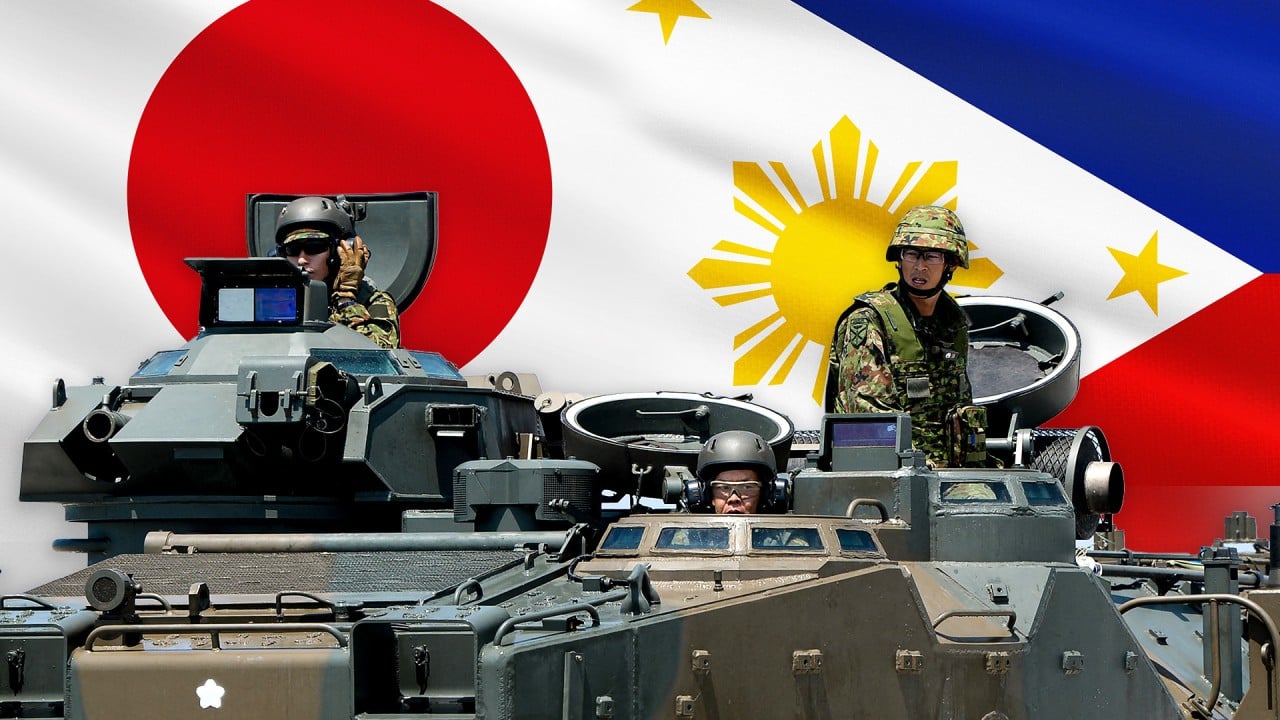Will the Philippines’ Subic Bay become a US naval hub once again?
Subic Bay was the site of the US’ largest overseas naval facility until Washington withdrew from its military bases in the Philippines in 1991.
Since then, both Philippine and American military forces have been utilising the 262-square-mile area to facilitate resupply, refuelling, and repair of vessels. Subic’s port facilities also support the delivery of US military equipment into the Philippines during bilateral exercises.

Austin’s visit to Subic Bay came after he and Blinken met with Philippine Secretary of Foreign Affairs Enrique Manalo and Secretary of National Defence Gilberto Teodoro in Manila to discuss strengthening defence ties and the increasingly heated territorial disputes with Beijing in the South China Sea.
Marcos’ move
While there is no legal basis for Washington to re-establish their own base at Subic Bay, analysts said that changes to existing agreements and legal frameworks could make it possible if the political will exists.
The US captured a Spanish base built on the bay in 1899 during the Philippine–American War and controlled it until 1991, when the Philippine Senate voted to reject the renewal of their Military Bases Agreement with the US over concerns about national sovereignty.

“Since President Marcos Jnr is the Commander-In-Chief of the Armed Forces of the Philippines, he has the prerogative to give preferential treatment with the US, our oldest treaty ally,” Cabalza said.
He noted that Marcos has already expanded the ability of the US to access military sites across the Philippines under the Enhanced Defence Cooperation Agreement (EDCA), which allows the US to rotate troops into the country for extended stays and allows the Washington to build and operate facilities on designated Philippine bases.
Although Marcos increased the number of EDCA bases from five to nine last year, Subic Bay was not among them.
If the US wants to use Subic Bay to repair its vessels and those of its allies, Cabalza said it might be possible due to recent increases in naval cooperation between Manila and Washington.
South China Sea staging area
Sherwin Ona, an associate professor of political science at De La Salle University in Manila, agreed that the Washington increasing its presence at Subic Bay made sense strategically, noting the US could use it as a natural staging area for naval operations due to its existing maintenance facilities.
With its deep harbour capacity, Ona said the area is ideal for large-scale naval operations, both surface and subsurface.
“It can also host a wide array of naval operations and is ideal for a multinational operation. I believe that the US will leverage the Subic facility for its maintenance and ship repair requirements. Subic can also be used as a logistics depot to sustain naval operations,” Ona told This Week in Asia.
“However, it will not be for their own use. They cannot legally operate since we don’t have a permanent basing agreement. It would be more of a [visiting forces] arrangement, rotational and more of maintenance and repair,” he added.
Abdul Rahman Yaacob, a research fellow in the Southeast Asia Programme at the Lowy Institute based in Sydney, said the conversion of Subic Base for exclusive use by US is unlikely, given that the Americans prefer to have access to a broader range of small bases so that their forces are dispersed and less exposed to any adversary’s military actions.
“Nevertheless, access to the repair facilities in Subic Bay is critical as it is closer to the South China Sea. If the US is indeed planning to step up its presence in the South China Sea and throughout Southeast Asia, it makes sense to have repair facilities and resupply stations closer to the area of operations. Subic Bay is strategically located in this aspect,” Yaacob told This Week in Asia.
“If Subic becomes a repair hub for US warships and like-minded partners, it signals the deepening of Manila’s defence relations with the US and its like-minded partners. It will also demonstrate Manila’s desire to anchor external powers in Southeast Asia to counterbalance the Chinese military” he added.
China, according to Yaacob, would be greatly concerned by such a development as it has always sought to push out external powers from Southeast Asia.
Ona said that, together with the prolonged deployment of US medium range missiles in the Philippines, Beijing would definitely see such a move as a provocation by Washington.
In April, the US Army deployed a missile system in Northern Luzon known as the Typhon, which can fire Tomahawk missiles with a range of around 1,600km.
“It will not be difficult to imagine that China will accuse the US of escalating tensions in the region and refer to the Philippines as a pawn of the US. Beijing will use this development to further increase its belligerent activities in the West Philippine Sea,” Ona said, referring to Manila’s term for the portion of the South China Sea that falls with the Philippine’s exclusive economic zone.
“Beijing should realise that this is happening as a result of its outlandish claims and illegal activities,” he added.
Ona said the Marcos Administration would be very careful about any decisions to increase the presence of the US military on his country’s soil, given the topic of foreign bases has become controversial with some segments of the public.
“I believe a major reason for Manila to seek security from external powers is that Asean (the Association of Southeast Asian Nations) is unable to support Manila in its current disputes with China in the South China Sea. There are frustrations within the Philippines’ diplomatic and defence communities that seems to be paralysed in dealing with China in the South China Sea disputes,” he stressed.
